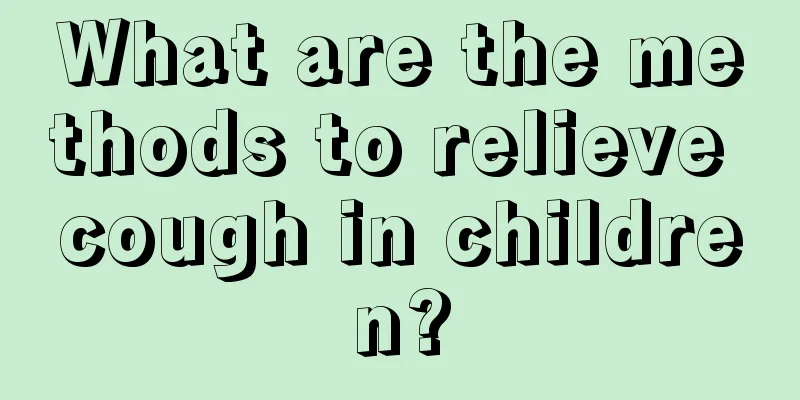What are the specific symptoms of adenovirus pneumonia in infants and young children?

|
Adenovirus pneumonia is relatively common among infants and young children. Many parents and friends do not understand the symptoms of this disease well, and it is often ignored, causing the disease to worsen. So today, the editor will share with you the specific symptoms of this disease. Let’s watch it together! Diagnosis of adenovirus pneumonia Adenovirus pneumonia perspective The diagnosis should be made based on the epidemic situation and combined with clinical practice. The differences between typical infant adenovirus pneumonia and common bacterial pneumonia in the early stage are: ① Most cases have persistent high fever at onset or soon after onset, and antibiotic treatment is ineffective; ② From the 3rd to the 6th day of the disease, neurological symptoms such as drowsiness and lethargy appear. Drowsiness sometimes alternates with irritability. The face becomes pale and gray, and the liver is significantly enlarged. Complications such as heart failure and convulsions are likely to occur later. The above symptoms suggest that adenovirus pneumonia not only involves the respiratory tract, but also affects other systems; ③ Lung signs appear later, usually with moist rales appearing after the 3rd to 5th day of illness, the area of lesions gradually increasing, dullness to percussion and decreased breath sounds, and wheezing and dyspnea becoming increasingly severe on the second day of illness; ④ The total white blood cell count is low, with most patients not exceeding 12×109/L (12000/mm3), and the neutrophil count not exceeding 70%. The alkaline phosphatase and tetrazolium blue staining of neutrophils are significantly lower than those in cases of purulent bacterial infection, but will rise again if purulent bacterial infection occurs; ⑤X-ray examination of the lungs may reveal large flake-like shadows, most commonly in the lower left area. In short, during this epidemic season, when infants and young children develop severe pneumonia and their X-ray and blood test results are consistent, a preliminary diagnosis can be made. Units with the conditions can conduct rapid diagnosis of the virus. Currently, immunofluorescence technology (the indirect method is more applicable than the direct method), enzyme-linked immunosorbent assay and specific IgM assay can be used. However, these three methods cannot type adenovirus, which is their shortcoming. Routine throat swab virus isolation and double serum antibody testing are only suitable for retrospective diagnosis in the laboratory. Through the editor’s sharing above, do you have a clear understanding of the symptoms of this disease? Therefore, in the future care of infants and young children, we must be careful. If any adverse symptoms are found, we should seek medical attention in time to avoid delaying the disease. |
<<: What are the recipes for zinc supplementation for babies?
>>: What to do with pathological jaundice
Recommend
What should I do if my baby has eye mucus after waking up?
For newborn babies, since their resistance is rel...
What to do if your child is restless at night
If a child cannot sleep well at night, it will de...
What to do if your child grinds his teeth
When children are teething, they are prone to tee...
Vaccination delayed seven months
Babies should be vaccinated as soon as possible a...
Pediatric development standard reference
The baby's growth and health are related to t...
Three-month-old baby drinks less milk
Normally, the amount of milk a baby drinks should...
How to correct children's hunchback?
In many cases, hunchbacks are very likely to occu...
Diseases that may be caused by excessive eye mucus in newborn babies
Speaking of eye boogers, I believe everyone is fa...
What are the first aid measures for childhood convulsions?
Children under the age of six have the weakest ph...
Why do children cough when they have a fever?
Compared with adults, children have relatively po...
What are the main functions of eye health exercises for children?
Children's health exercises include many aspe...
What should I do if my baby has a cold and diarrhea?
Babies are definitely the ones with the weakest r...
What to do if a child has a black mole
Moles are very common. Both adults and children c...
How many years should children with Kawasaki disease be reexamined?
Kawasaki disease is a common symptom among childr...
What happens if a newborn baby poops blood?
Many mothers are shocked when they find blood in ...









